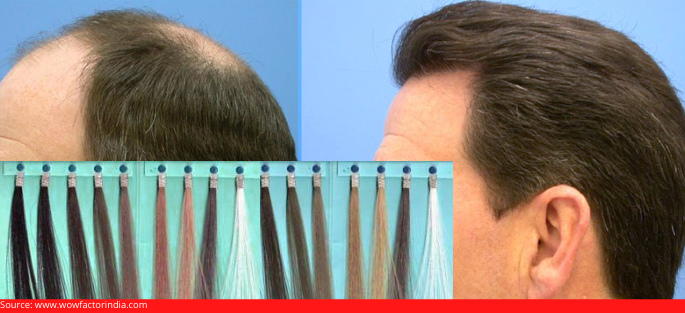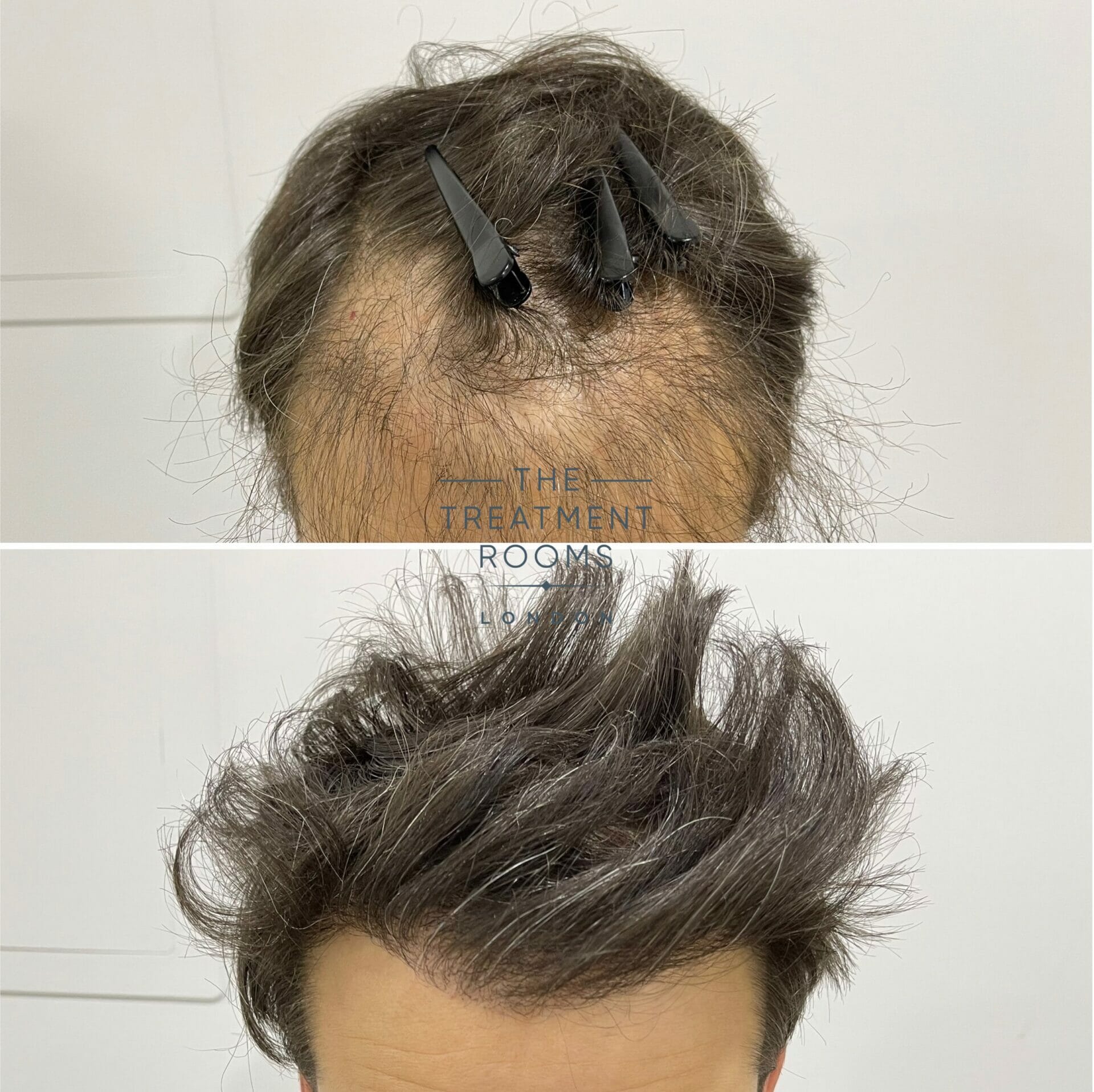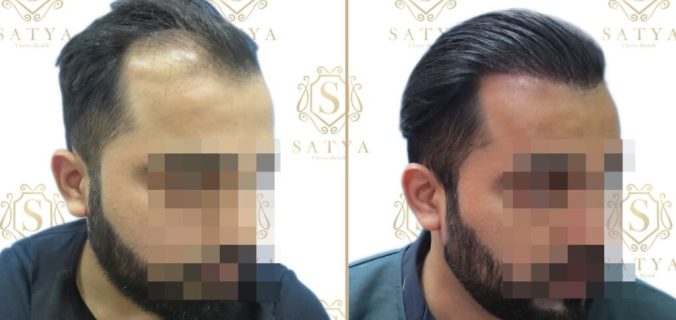
Introduction
The field of hair restoration has seen significant advancements over the years, with researchers and medical professionals tirelessly seeking new solutions for those suffering from hair loss. One such innovation that’s capturing attention is synthetic hair transplant technology, a revolutionary method that could potentially reshape the future of cosmetic surgery.
Synthetic hair transplantation represents a departure from traditional hair restoration techniques which typically involve follicular unit transplantation (FUT) or follicular unit extraction (FUE), where donor hair is harvested from one part of the scalp and transplanted to areas of thinning or baldness. This new technology involves implanting artificial hair fibers into the scalp, designed to mimic the appearance, texture, and growth pattern of natural human hair.
The synthetic hair strands are crafted using advanced materials science, ensuring they not only look authentic but also feel like real hair.
They are engineered to withstand everyday wear and tear, including washing, styling, and exposure to various environmental elements. The process of implantation is meticulously planned and executed, often requiring precision robotics or microsurgical techniques to minimize scarring and maximize aesthetic outcomes.
One key advantage of synthetic hair transplants is their potential universality – they could be an option for patients who do not have sufficient donor hair or who have experienced poor results with conventional hair transplants. Additionally, this technology eliminates the risk of shock loss or the need for repeat surgeries due to continued hair loss.
However, while the concept holds immense promise, it is still in the developmental stages. Ethical considerations, long-term safety, and the body’s immune response to foreign material are all critical aspects being rigorously studied. Researchers must ensure that these synthetic hairs do not cause irritation, infection, or rejection by the body. Moreover, the durability and feasibility of maintaining the implanted synthetic hair over time remain crucial factors to be addressed.
Despite the challenges
Many scientists and dermatologists believe that synthetic hair transplant technology could provide a game-changing solution for millions of individuals struggling with hair loss. It might also open doors for customization, allowing people to choose different hair colors, textures, and densities, thus offering a highly personalized approach to hair restoration.
As research continues to advance
The goal is to create a product that not only looks and feels natural, but also functions as close to real hair as possible. This includes replicating the ability of natural hair to grow and adapt to styling changes. Once these hurdles are overcome, synthetic hair transplants may indeed revolutionize the hair restoration landscape, providing hope to countless individuals longing for a full head of healthy, natural-looking hair.
Synthetic hair transplant technology is an exciting frontier in the realm of hair restoration. While there are still numerous scientific and regulatory milestones to achieve before widespread adoption becomes a reality, the possibility of transforming lives through this innovative technique underscores the importance of ongoing research and development. As we peer into the future, the synthesis of technology and aesthetics in this area is poised to redefine what we consider achievable in addressing hair loss issues.

In the ever-evolving field of cosmetic and medical dermatology, a groundbreaking innovation is taking root that could forever change the face of hair restoration – synthetic hair transplant technology. This novel approach to combating hair loss has the potential to revolutionize patient outcomes and expand treatment options for those seeking to restore their natural look.
Traditional hair transplantation methods have relied on follicular unit transplantation (FUT) or follicular unit extraction (FUE), which involve moving healthy hair follicles from one part of the scalp to another. However, these techniques can be limited by factors such as donor availability and suitability. In contrast, synthetic hair transplant technology introduces artificial hair fibers designed to mimic the characteristics of real human hair – color, texture, density, and even growth patterns.
These synthetic hairs are crafted using cutting-edge materials science that ensures durability, resilience, and an authentic appearance.
The implantation process is meticulously executed, often utilizing advanced robotics or microsurgical tools to insert each fiber into the scalp with precision. This meticulousness aims to minimize scarring and maximize aesthetic results, providing patients with a seamless integration of synthetic hair that blends naturally with their existing hair.
One significant advantage of this technology lies in its universality.
Unlike traditional transplants that require a sufficient supply of donor hair, synthetic hair implants may offer a solution for individuals with limited donor sites or those who have exhausted other hair restoration methods. It also eliminates concerns about shock loss or the need for repeat surgeries due to continued hair thinning or balding.

Despite the promising prospects, the road to widespread adoption of synthetic hair transplants is not without challenges.
Researchers must address critical issues such as biocompatibility, ensuring the body does not reject the implanted material, and long-term safety. They are working tirelessly to develop synthetic hair that is non-irritating, non-toxic, and can withstand daily wear, styling, and environmental exposure over time.
Moreover, the goal is not just to create artificial hair that looks like natural hair but behaves like it too.
Scientists are striving to replicate the dynamic nature of human hair – its ability to grow, respond to hormonal changes, and adapt to different styles. Achieving this level of sophistication will undoubtedly push the boundaries of what’s possible in hair restoration.
The advent of synthetic hair transplant technology underscores the relentless pursuit of progress in the healthcare industry.
As more research is conducted and clinical trials advance, we anticipate a future where this innovative method becomes a viable, effective, and personalized solution for hair loss. For many patients, this could mean regaining confidence and self-esteem through a full head of hair that appears and feels genuinely natural.
 In conclusion
In conclusion
Synthetic hair transplant technology is a pioneering force within the domain of hair restoration, forging new pathways towards solving age-old problems associated with hair loss. While there is still much to discover and refine, the breakthroughs in this area promise a future where the limits of conventional hair restoration are transcended, offering hope to millions grappling with hair loss worldwide.
